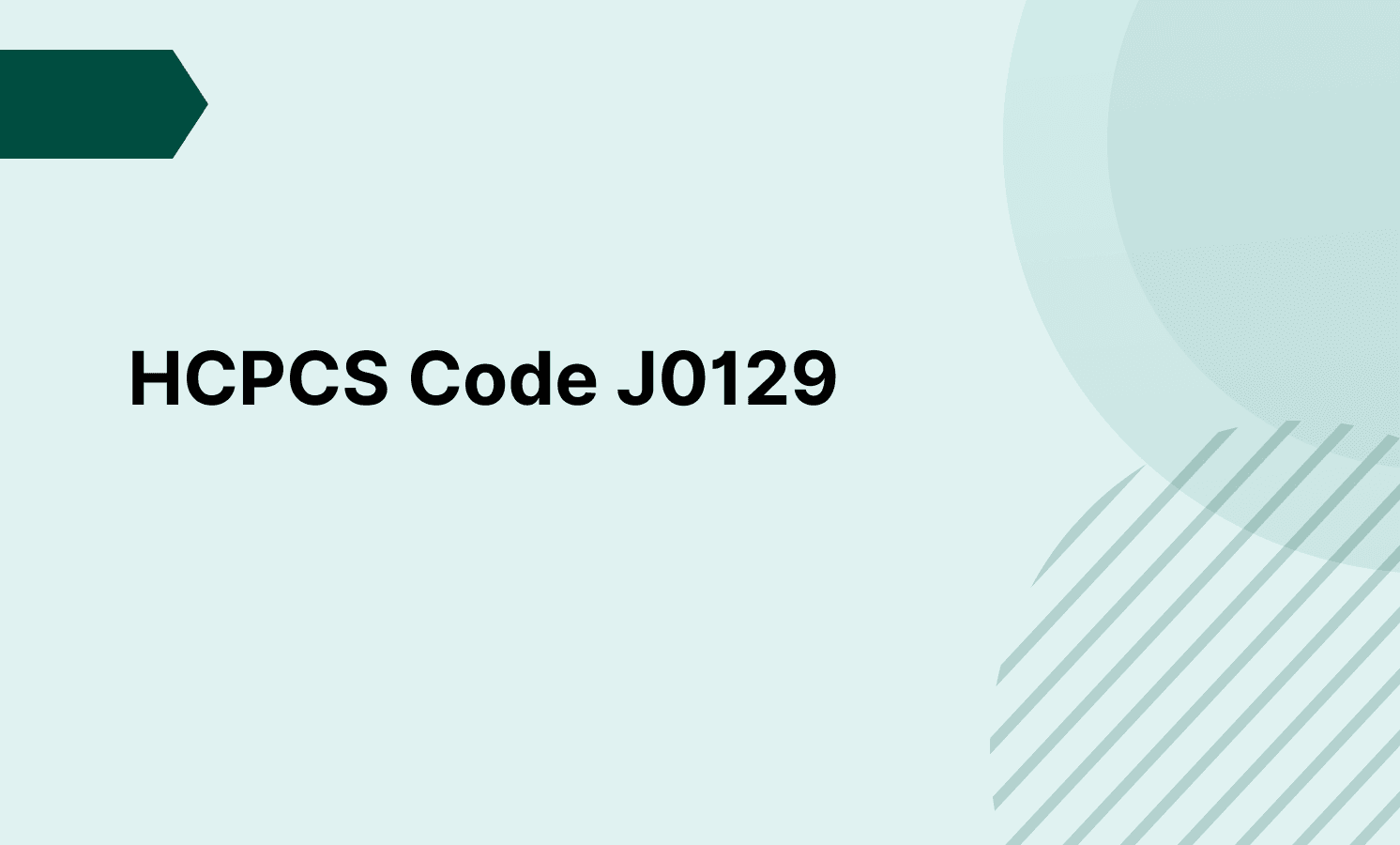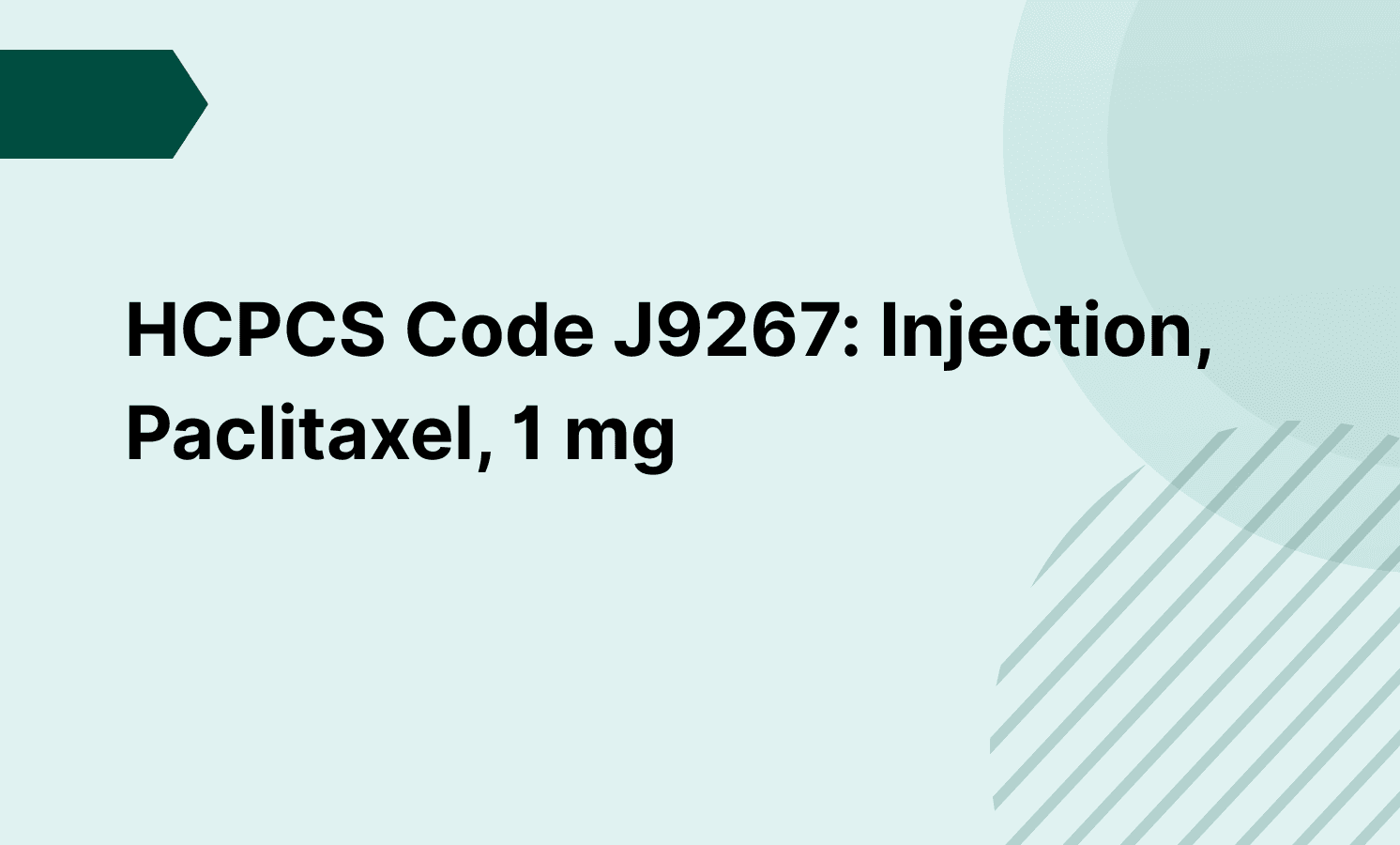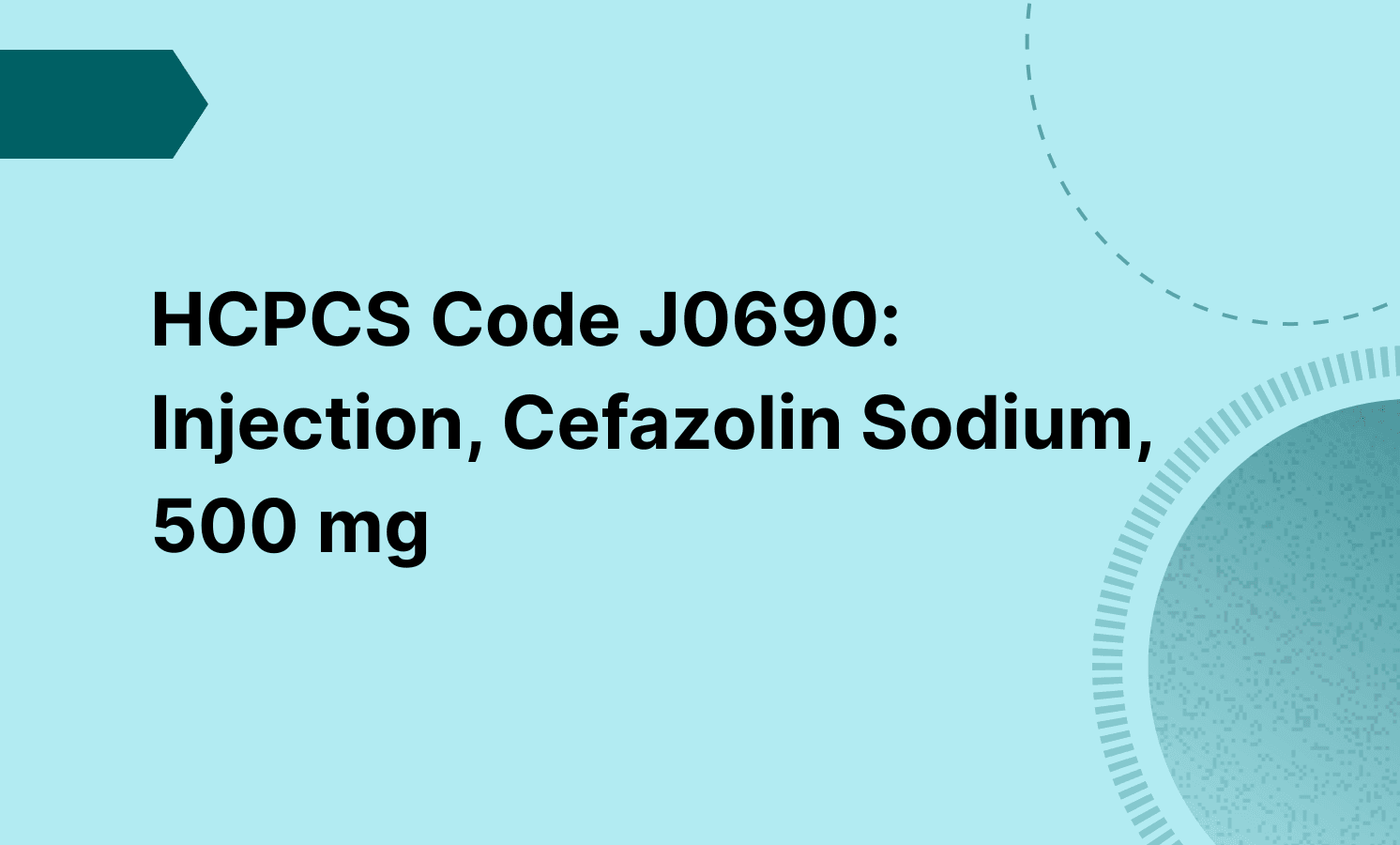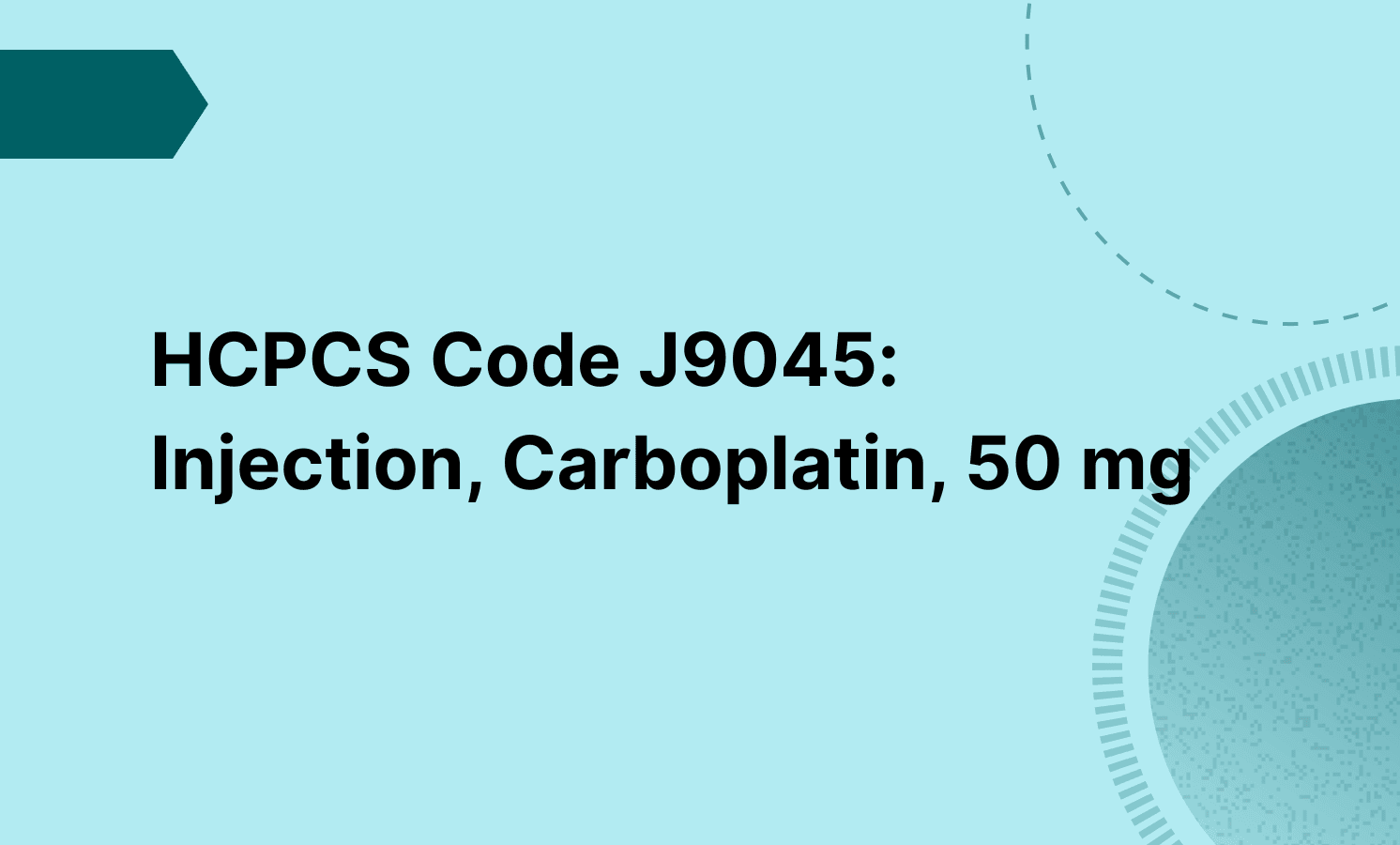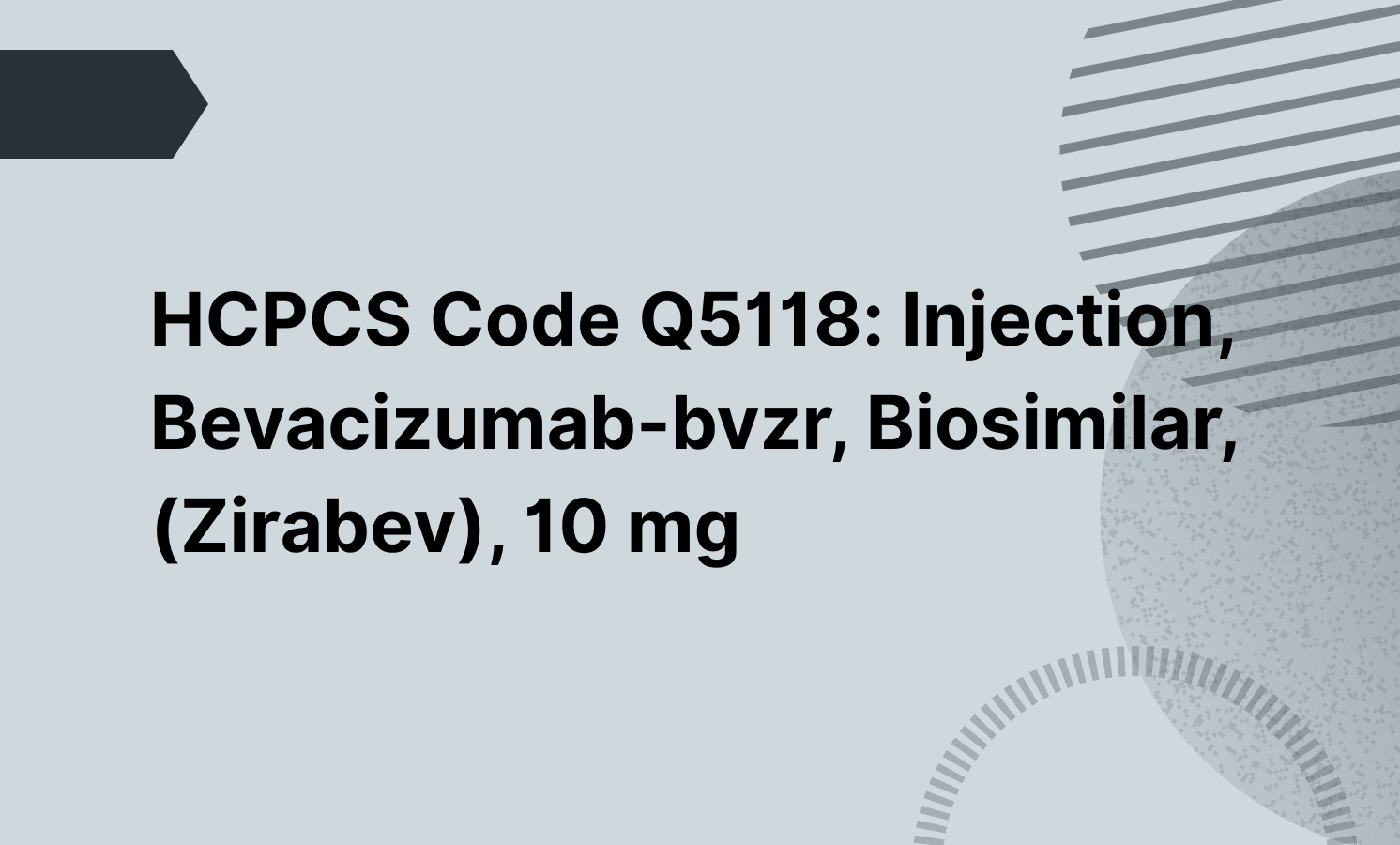CPT 36561 is specifically defined for use in patients aged 5 years or older. For patients younger than 5, use CPT 36560 instead, which reflects the different technical considerations in smaller pediatric anatomy.
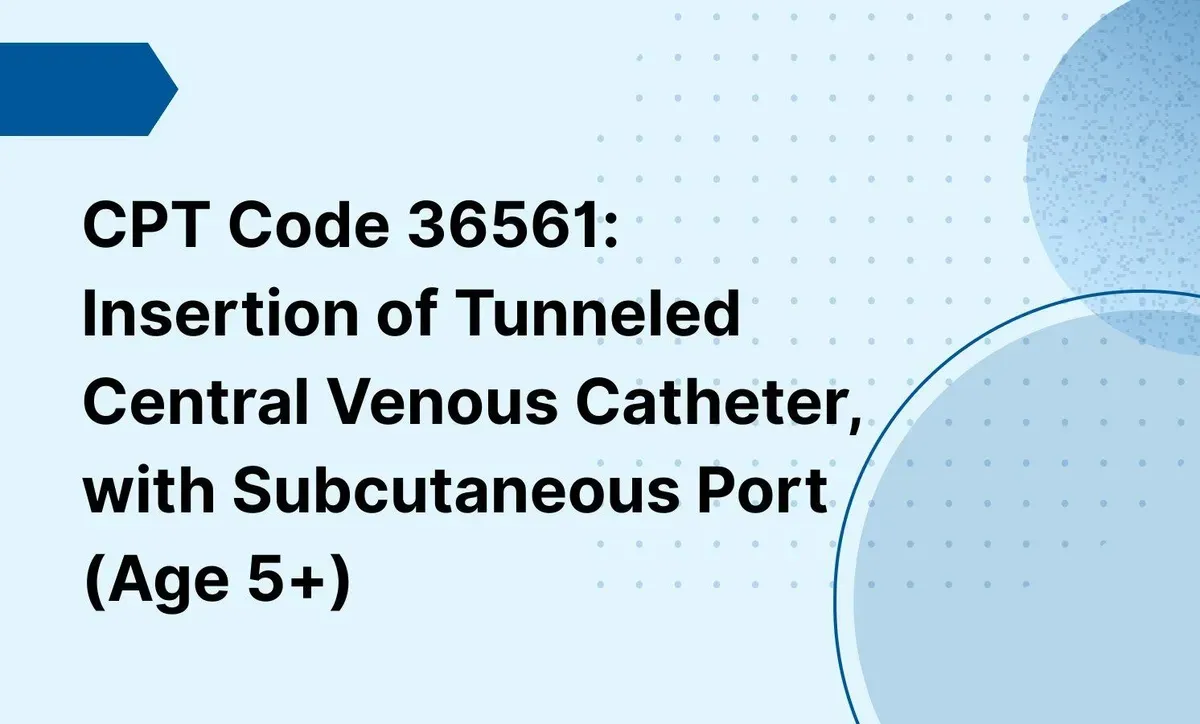
CPT Code 36561: Insertion of Tunneled Central Venous Catheter, with Subcutaneous Port (Age 5+)
Learn about CPT 36561 for tunneled central venous catheter insertion with port, including documentation and billing guidelines.
Frequently asked questions
Fluoroscopic guidance is not included in CPT 36561. When fluoroscopy is used for catheter placement confirmation, it should be billed separately using CPT 77001 (Fluoroscopic guidance for central venous access placement), assuming proper documentation supports its medical necessity.
Catheter flushing or access (e.g., for maintenance, medication delivery, or declotting) is not included in CPT 36561. These are considered separate services and may be billed independently when medically necessary and properly documented, using appropriate CPT codes (e.g., 96523 for catheter irrigation).
EHR and practice management software
Get started for free
*No credit card required
Free
$0/usd
Unlimited clients
Telehealth
1GB of storage
Client portal text
Automated billing and online payments


